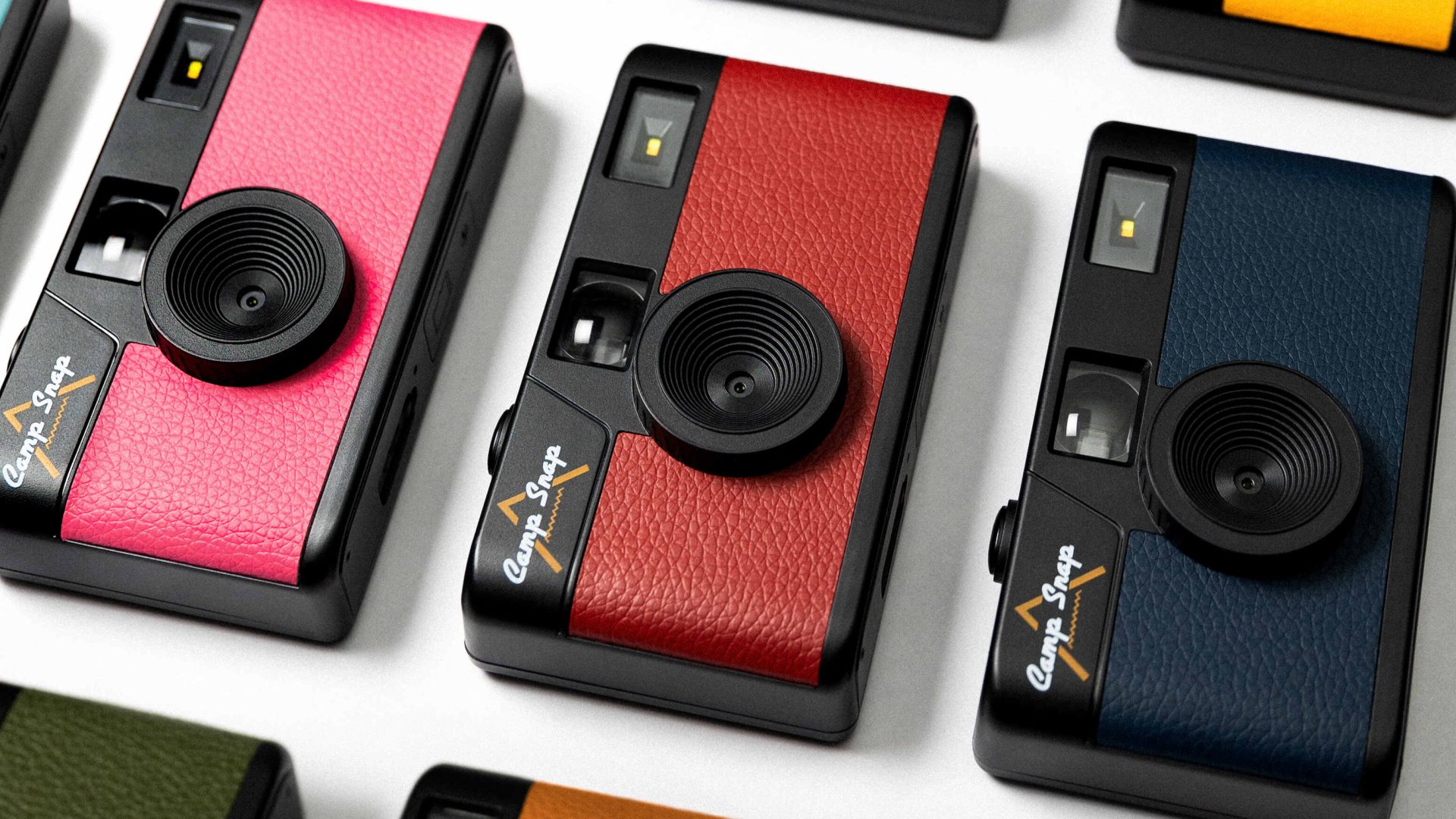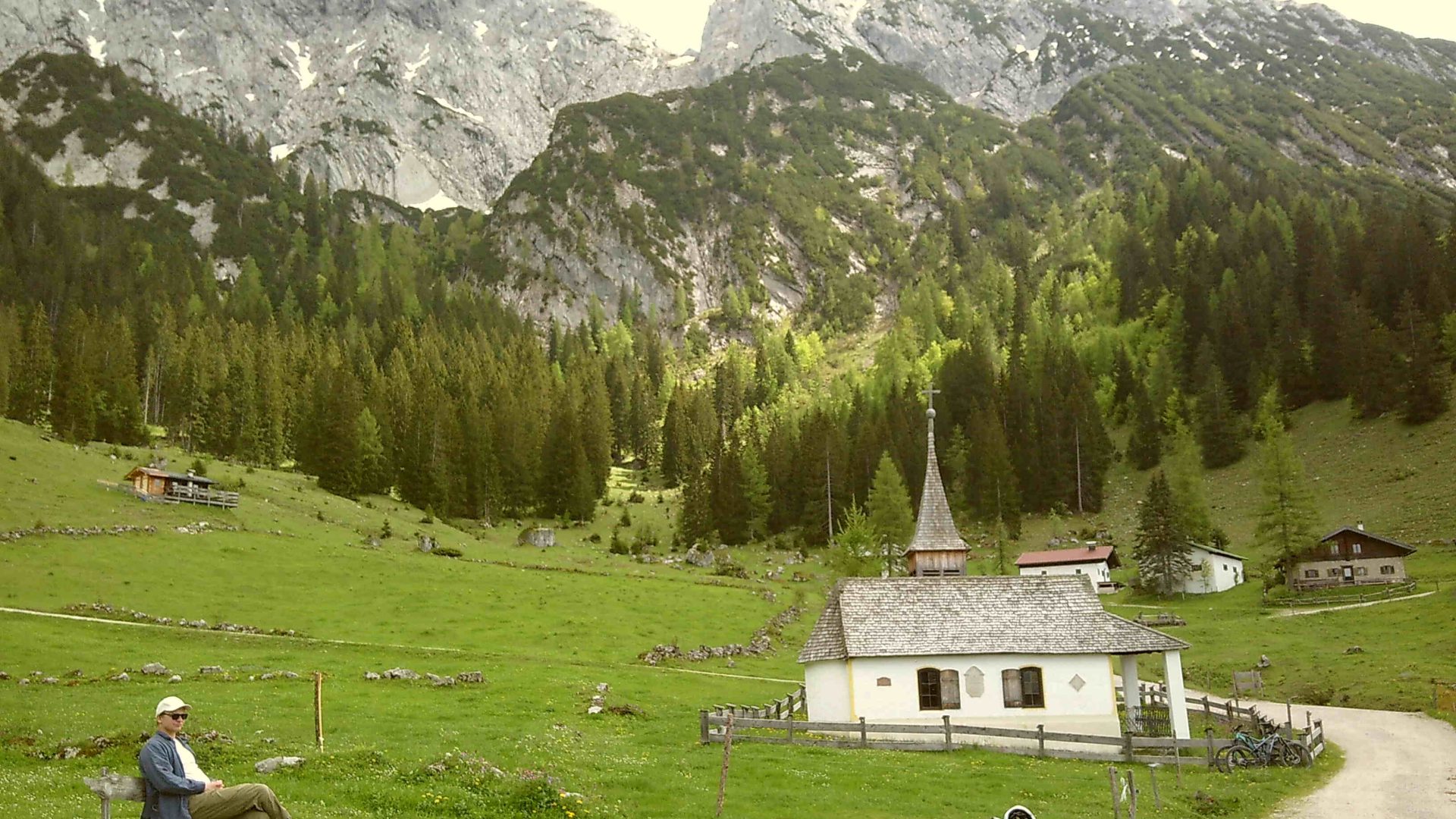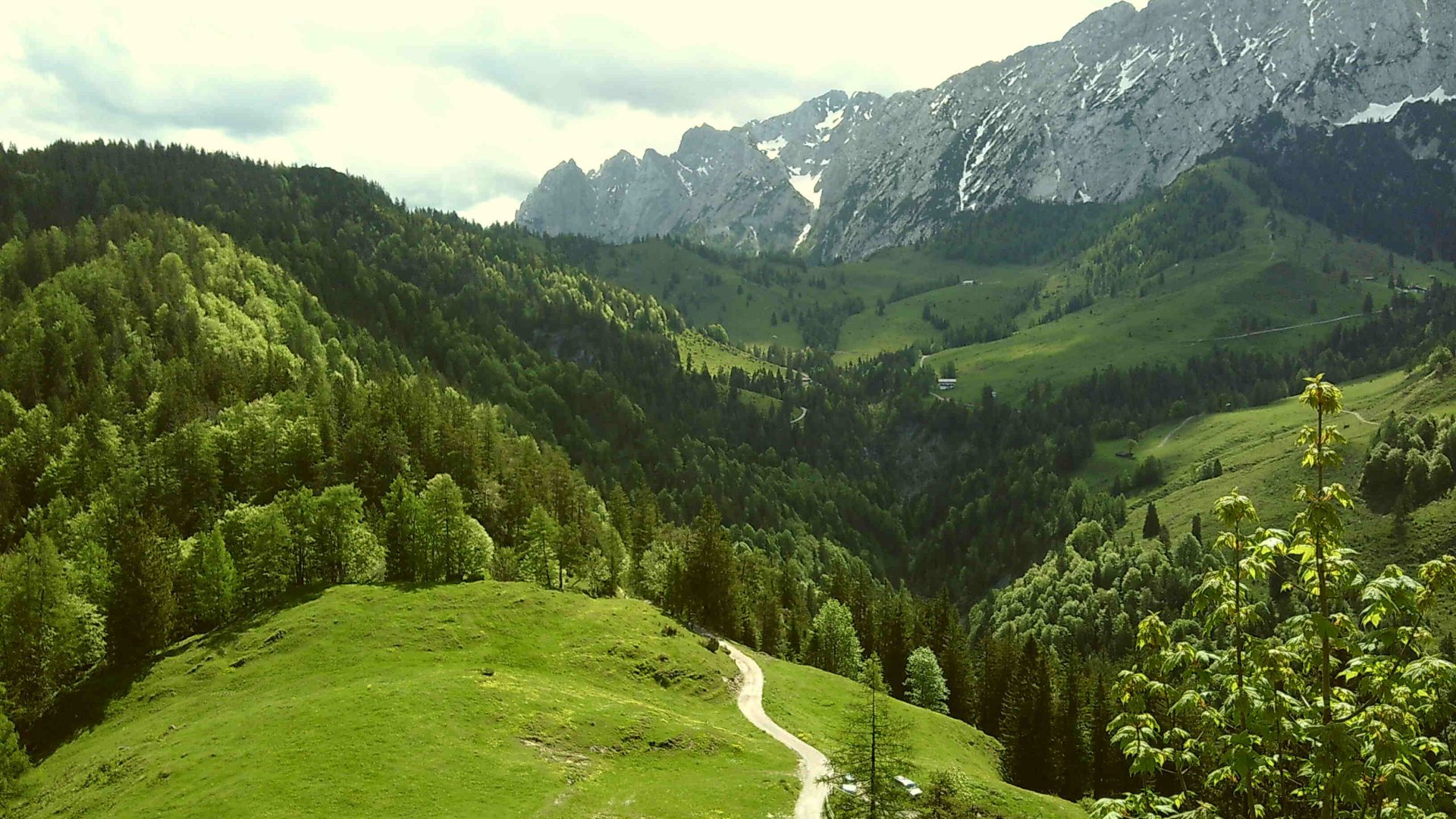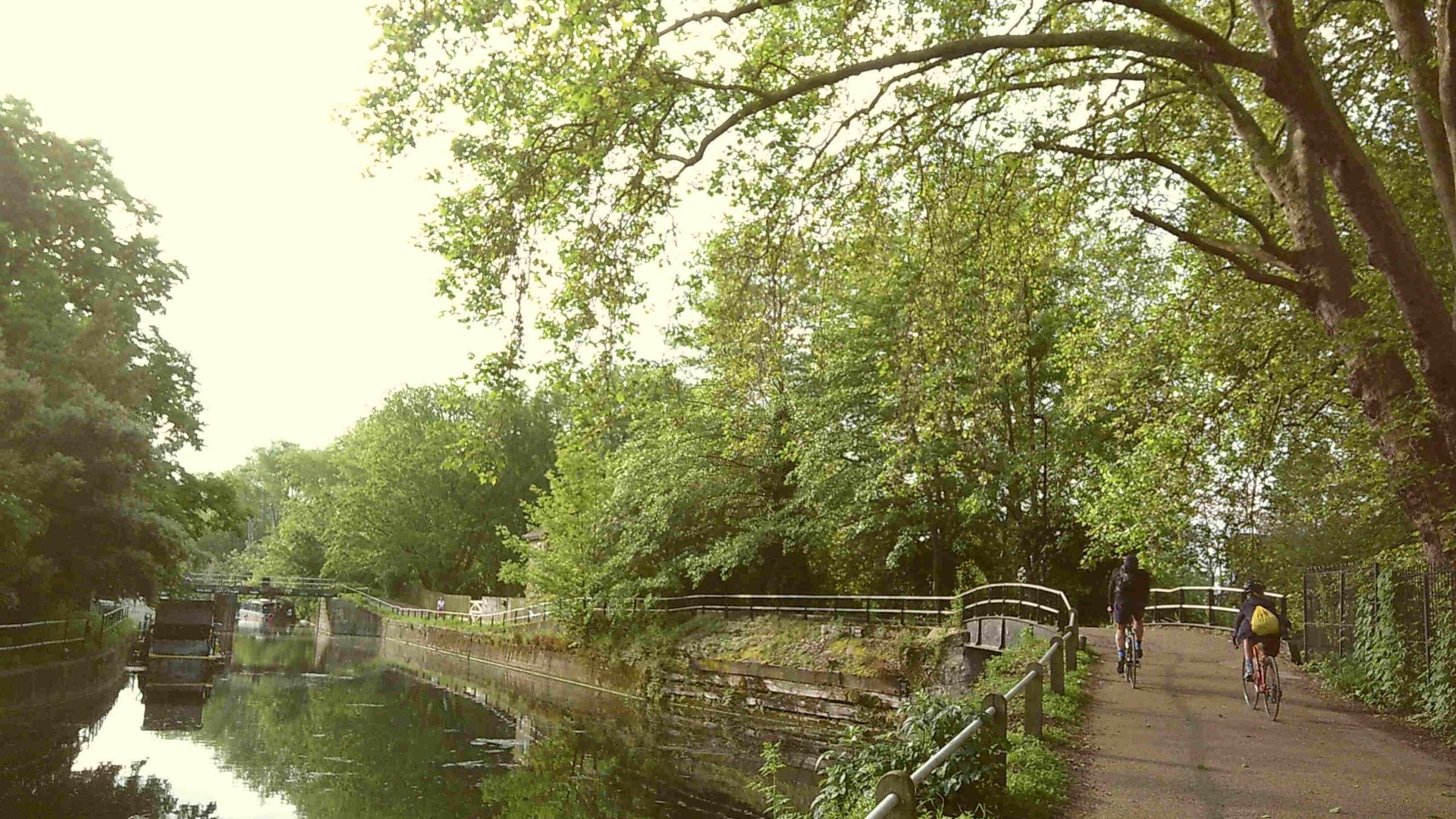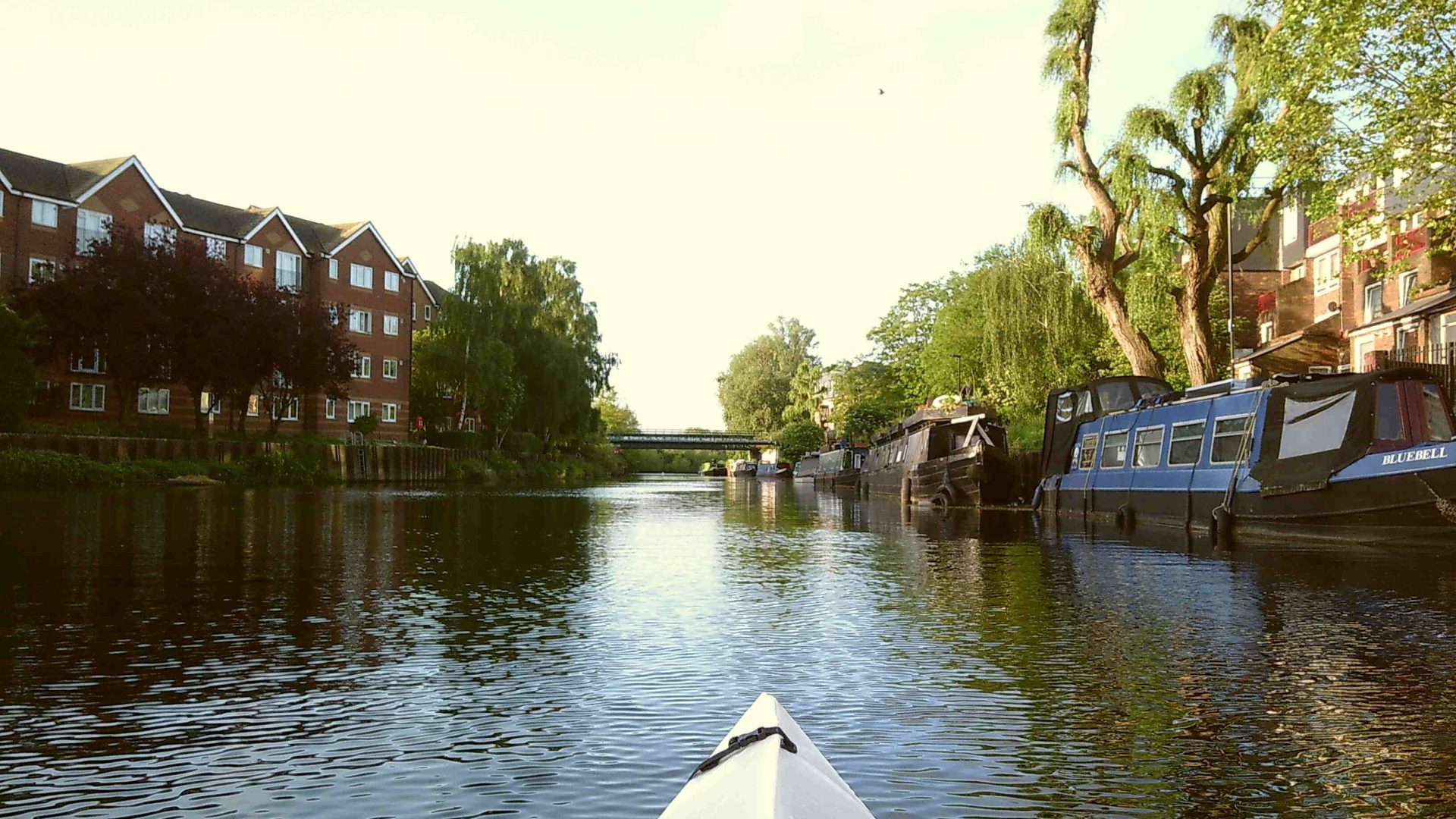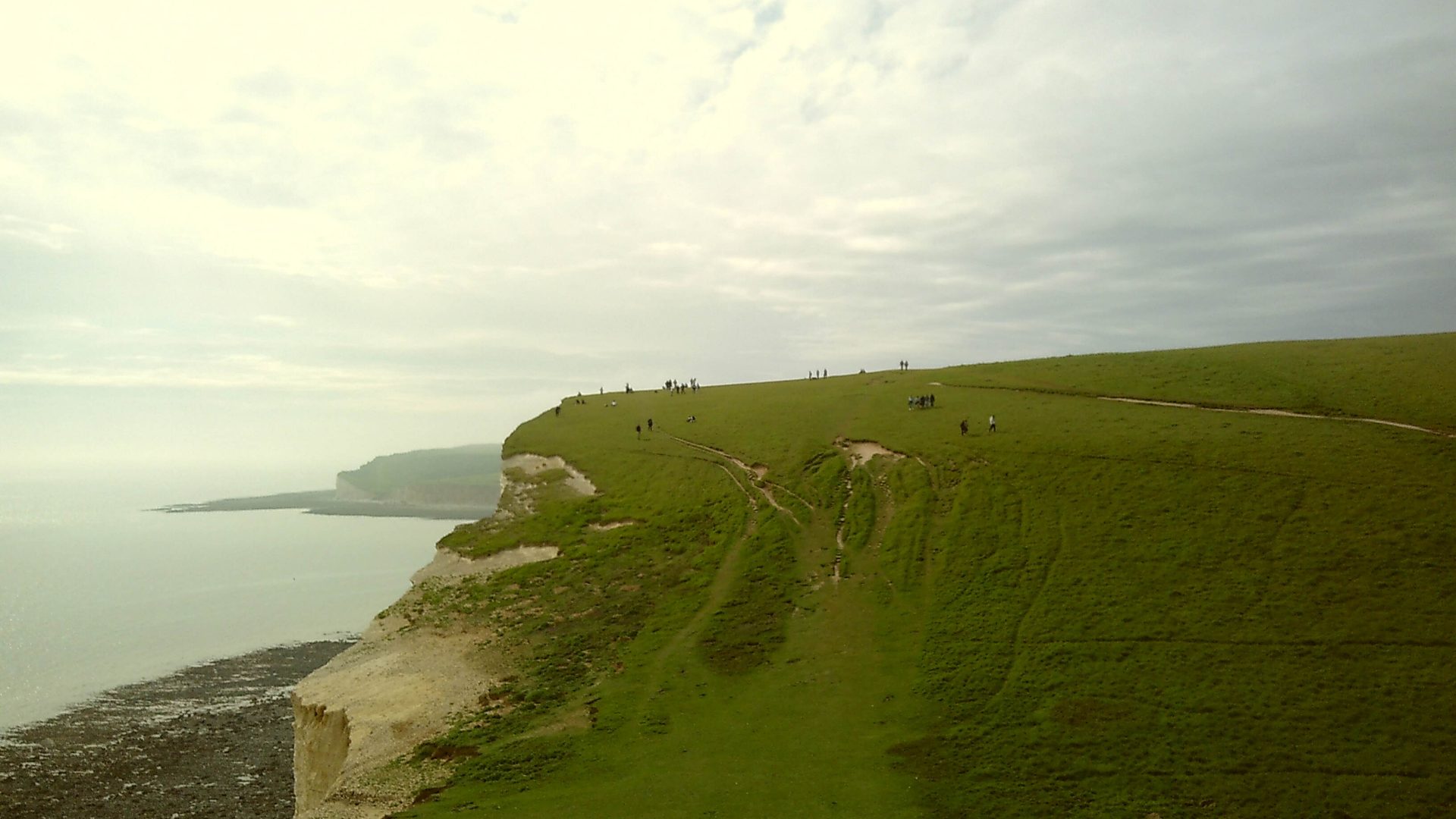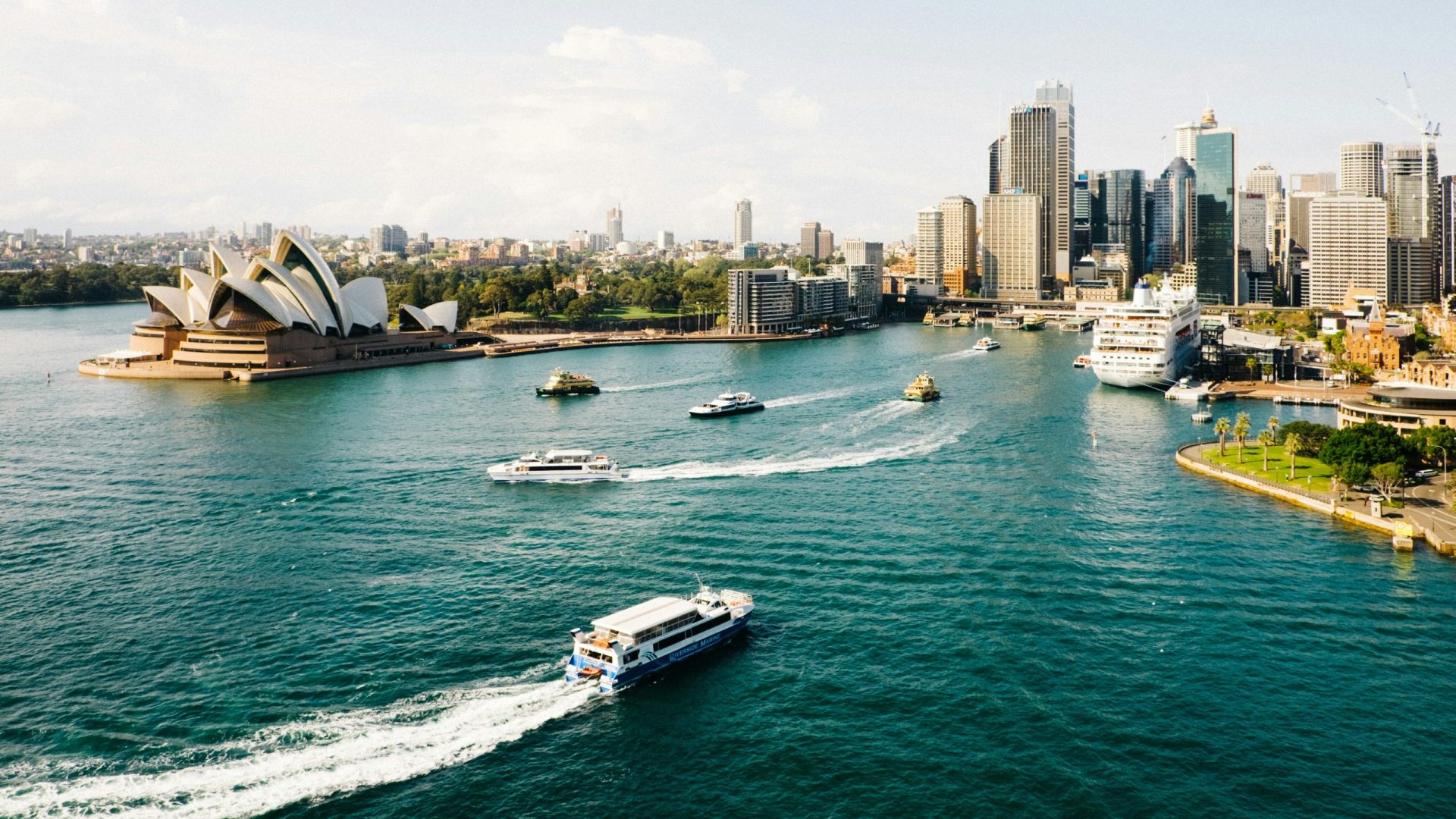At the end of my no-phone day in the Tyrolean Alps, I felt even more relaxed than I might have predicted. This vibe stuck around even when I reintegrated my Gmail app into my life later that evening. Even though I was on a work trip with a busy itinerary and little downtime to myself most mornings and evenings, I returned from the Alps feeling completely refreshed. It was almost as if there were extra hours of the day in Kufstein… hours that I had regained, perhaps, by casting aside phone distractions so successfully.
I will leave you with this: I am just old enough to remember a time when my family organized literal slide shows. I remember sitting in my aunt’s darkened living room as she projected film photos she’d taken in Nepal and passed around rupee notes left over from her trip. I don’t remember any specific images, but that wasn’t really the point. What mattered wasn’t the quality of her photos, but the fact that she had taken them, and that she knew the story behind each one. I looked at these photos of places I hadn’t yet learned about in school, and I knew I wanted to go there someday, too.
Nearly 30 years later, it’s much harder to get people to sit still to look at travel photos. We can conjure professional images of basically anywhere in the world in a matter of seconds, so the bar for capturing our interest is much higher. Maybe it’s our short attention spans, or maybe it’s because travel photos have been cheapened by the iPhone and Instagram filters, which have made the everyman a photographer the same way Twitter and WordPress made the everyman a journalist.
If what you seek is a better way to connect with your travels while you’re on them, and a better way to convey the feelings of them when you return home, I think it’s hard to find a cleverer solution than the Camp Snap.
